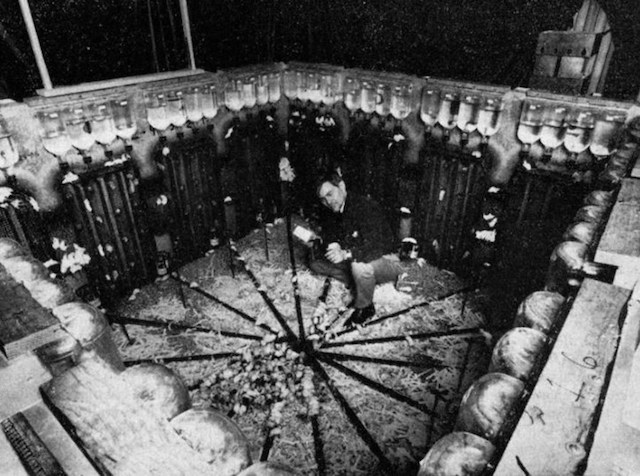

Many stressed-out mothers booted their pups from the nest early, before the pups were ready. The mothers fought back, but often to the detriment of their young. The alphas soon grew exhausted, and some stopped defending their apartments altogether.Īs a result, apartments with nursing females were regularly invaded by rogue males. But given how many mice survived to adulthood, there were always a dozen hotshots ready to fight.


They kept their harems in private apartments, which they had to defend from challengers. (In earlier utopias involving rats, some dropouts turned to cannibalism.)Īlpha males struggled, too.
Mouse utopia experiments full#
They were full of cuts and ugly scars, and every so often huge brawls would break out-vicious free-for-alls of biting and clawing that served no obvious purpose. Calhoun called them “dropouts.” And because so few juveniles died, huge hordes of dropouts would gather in the center of the pen. Normally a mouse that loses a fight will scurry off to some distant nook to start over elsewhere.īut in mouse utopia, the losing mice couldn’t escape. Alphas establish dominance by fighting-wrestling and biting any challengers. Rodents have social hierarchies, with dominant alpha males controlling harems of females. As a result, there were far more youngsters than normal, which introduced several difficulties. In the wild, infant mortality among mice is high, as most juveniles get eaten by predators or perish of disease or cold. That robust growth masked some serious problems, however. Eventually this torrid growth slowed, but the population continued to climb, peaking at 2,200 mice during the 19th month. Following an adjustment period, the first pups were born 3½ months later, and the population doubled every 55 days afterward.
Mouse utopia experiments how to#
Architects and civil engineers at the time were having vigorous debates about how to build better cities, and Calhoun imagined urban design might be studied in rodents first and then extrapolated to human beings.Ĭalhoun’s most famous utopia, number 25, began in July 1968, when he introduced eight albino mice into the 4½-foot cube.

It wasn’t just the behavior of rats that interested him. Calhoun set up his first utopia, involving Norway rats, in the woods behind his house to monitor rodents over time and figure out what factors drove their population growth.Įventually Calhoun grew fascinated with the rodent behavior for its own sake and began crafting ever more elaborate and carefully controlled environments. The project had limited success, partly because no one could figure out what aspects of rodent behavior, lifestyle, or biology to target. After earning his PhD in zoology, he joined the Rodent Ecology Project in Baltimore in 1946, whose purpose was to eliminate rodent pests in cities. John Calhoun grew up in Tennessee, the son of a high school principal and an artist, and was an avid birder when young. And by this point he knew how quickly mouse heaven could deteriorate into mouse hell.
Mouse utopia experiments free#
Free from predators and other worries, a mouse could theoretically live to an extraordinarily old age there, without a single worry.īut the thing is, this wasn’t Calhoun’s first rodent utopia. Calhoun also screened the mice to eliminate disease. It was a large pen-a 4½-foot cube-with everything a mouse could ever desire: plenty of food and water a perfect climate reams of paper to make cozy nests and 256 separate apartments, accessible via mesh tubes bolted to the walls. Unofficially, it was called mouse heaven.īiologist John Calhoun built the colony at the National Institute of Mental Health in Maryland in 1968. Officially, the colony was called the Mortality-Inhibiting Environment for Mice.


 0 kommentar(er)
0 kommentar(er)
